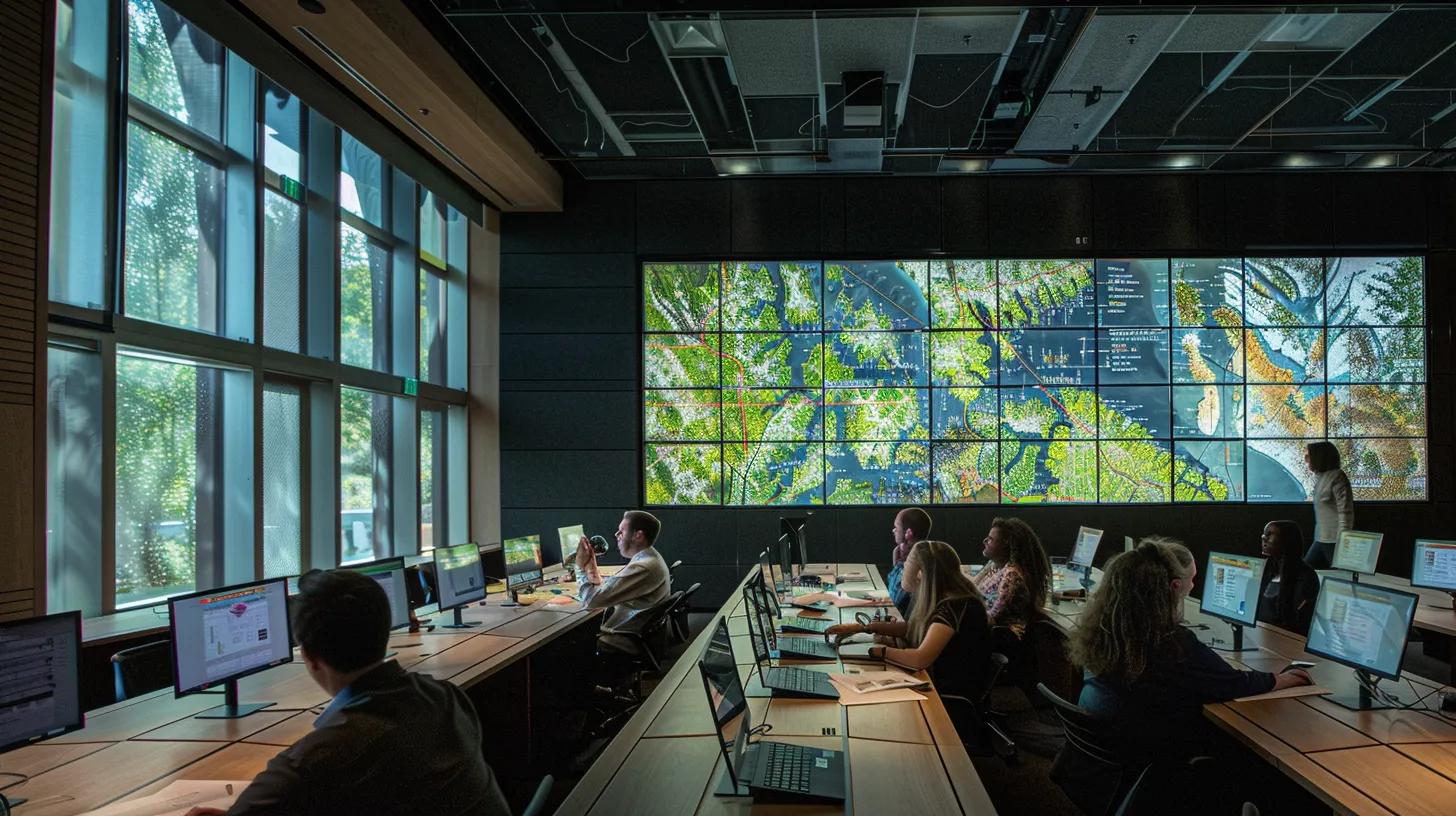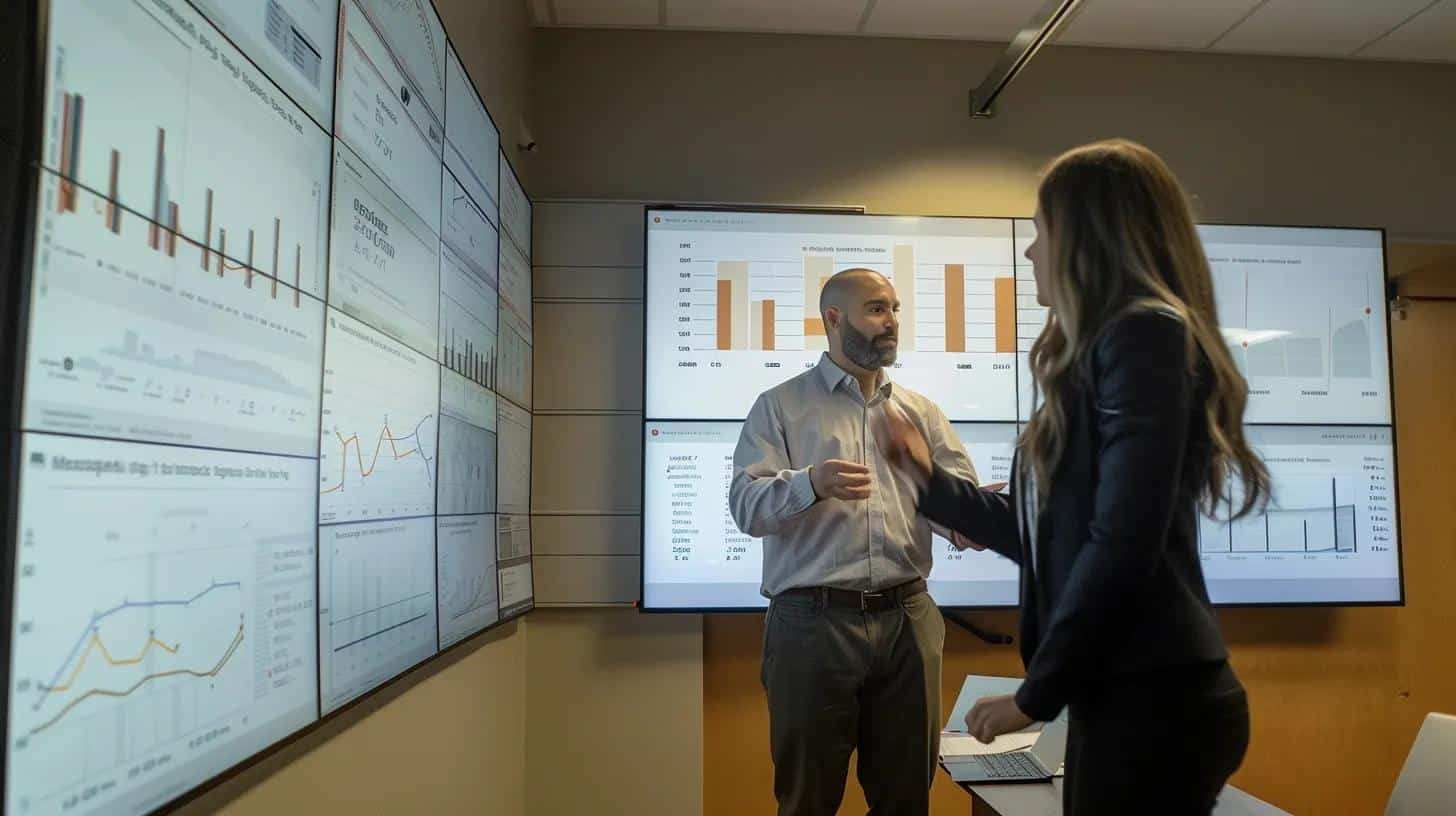Factors That Shape Land Survey Pricing Uncovered
In engineering and real estate development, understanding land survey cost is crucial for budgeting projects and ensuring compliance with local standards. This article analyzes various factors that shape land survey pricing, including location characteristics, survey types, equipment and technology, surveyor expertise, regulatory compliance, and project scope. By examining these determinants, stakeholders can better predict costs, optimize resources, and plan timelines effectively.
Analyze Location Factors Influencing Land Survey Pricing
The survey location plays a pivotal role in pricing. Geographic features, proximity to urban centers, zoning laws, environmental conditions, accessibility, and market trends all combine to influence the survey’s overall cost.
Consider Geographic Features and Their Impact on Costs
Land with uneven terrain, water bodies, or dense vegetation often requires extra manpower and specialized equipment. For example, surveying in a mountainous area can increase costs by over 30% compared to flat land, due to the extra time and effort needed to navigate and map irregular features.
Assess Proximity to Urban Centers and Its Pricing Effects
Proximity to cities usually means higher labor rates and travel expenses because of congestion, while remote locations may incur extra mobilization costs. Urban areas, with better infrastructure, might benefit from streamlined processes despite higher demand.
Understand Zoning Laws and Their Influence on Surveys
Local zoning regulations can complicate surveys by requiring detailed boundary verification and additional permits. In areas with strict zoning, costs may rise by up to 25% due to extra legal and compliance work.
Evaluate Environmental Conditions Advantageous for Surveys
Weather, soil type, and seasonal variations impact survey reliability. Conducting a survey during optimal conditions minimizes delays and extra work, whereas adverse conditions can necessitate specialized techniques and additional costs.
Investigate Accessibility Challenges That Affect Pricing
Sites that are hard to access, whether due to limited road access or rugged terrain, require special transportation or aerial surveys. Such challenges increase the overall survey cost significantly.
Review Local Market Trends in Surveying Services
Local supply and demand, economic growth, and competition influence pricing. High demand can drive up costs, whereas competitive markets may offer bundled services or discounts.
Examine Types of Surveys Affecting Pricing Strategies

The method and purpose of the survey are major cost factors. Different surveys—residential, commercial, boundary, topographic, construction, or specialized types—have unique requirements that affect pricing.
Break Down the Costs of Residential Land Surveys
Residential surveys typically focus on boundaries and topography. They are generally less expensive; however, irregular lot shapes or dispute resolution can increase costs by 10–20%.
Identify Pricing Variations for Commercial Surveys
Commercial surveys require detailed analysis of infrastructure, utilities, and compliance with ordinance, often making them 30–50% more expensive than residential surveys due to the need for advanced equipment and longer field times.
Analyze the Complexities of Boundary and Topographic Surveys
High accuracy is essential for boundary and topographic surveys, which sometimes involve legal issues over property lines. The specialized equipment and careful verification process raise costs.
Review the Procedures Involved in Construction Surveys
Construction surveys support project planning by providing detailed layout data and adjusting to changes during construction. Their dynamic nature and coordination requirements usually result in a premium pricing model.
Understand the Role of Specialized Surveys in Costs
Specialized surveys, such as environmental or utility surveys, are designed for niche requirements. They often involve multiple experts and advanced diagnostic tools, increasing the price due to the need for expert analysis.
Compare Pricing for Different Types of Survey Equipment
Switching between traditional instruments and high-tech devices (like LiDAR or 3D scanners) can lead to cost differences of 15–40%. Equipment choice, along with maintenance and operator training, is a significant pricing factor.
Investigate Surveying Equipment and Technology Costs
Modern surveying blends advanced technology with traditional methods, affecting overall costs through equipment purchase, software licensing, and ongoing training.
Clarify Costs Associated With Modern Surveying Tools
High-precision tools such as total stations, GNSS receivers, and LiDAR systems come with higher initial investments. Their faster data collection and improved accuracy justify the higher cost but require regular updates and calibration.
Examine the Impact of Software on Overall Survey Pricing
GIS and CAD software are essential in processing survey data and generating detailed maps. Licensing fees and updates can add around 10–20% to the survey cost.
Discuss the Role of Drones and GIS in Survey Expenses
Drones combined with GIS enable rapid data collection over large or complex areas, reducing manual labor and safety risks. Although the initial investment is high, these tools offer a 15–25% cost benefit in many projects through improved efficiency.
Highlight Maintenance and Training Costs of Equipment
Regular maintenance and operator training are necessary to keep advanced equipment accurate and reliable. These recurring costs can add an additional 5–10% to the survey budget.
Review Rental Versus Purchase Pricing for Tools
Choosing between leasing and purchasing equipment impacts overall costs. Rentals offer flexibility for one-time projects, typically adding 10–15% to costs, while purchasing can be more cost-efficient for frequent use.
Assess Technological Advancements Affecting Pricing Trends
As surveying technology evolves, older equipment may reduce in price, while adopting state-of-the-art tools can initially raise costs by 20–30%. Over time, increased efficiency may lead to savings.
Assess Surveyor Experience and Expertise on Pricing

The qualifications and experience of a surveyor influence pricing significantly. More experienced professionals tend to charge higher fees, which are often justified by enhanced accuracy and reliability.
Explore How Qualifications Impact Service Costs
Surveyors with advanced degrees, certifications, and specialized training charge premium fees—typically 15–25% higher—due to their ability to perform precise surveys and reduce the risk of errors.
Evaluate the Influence of Years of Experience on Fees
Long-standing surveyors offer expertise that often streamlines the survey process, potentially justifying a 10–20% higher fee compared to newcomers.
Analyze the Effect of Specializations on Pricing
Specialists in areas like environmental or construction surveys demand higher fees (20–30% more) due to their tailored expertise and the complexity of their work.
Discuss the Importance of Certifications in Cost Structure
Certifications validate a surveyor’s skills and adherence to industry standards. This often allows certified professionals to command a fee premium, sometimes up to 15%.
Review Client Testimonials Reflecting Surveyor Value
Positive client feedback on punctuality, accuracy, and problem-solving enhances a surveyor’s reputation and can justify higher fees based on proven performance.
Compare Independent Surveyors Versus Large Firms’ Pricing
Independent surveyors may offer lower fees due to fewer overhead costs, while large firms justify 10–20% higher fees with advanced resources, technology, and broader service offerings.
Understand Regulatory Compliance and Its Cost Implications
Compliance with local, state, and federal regulations is a major cost factor in land surveys. This includes necessary permits, fees, and strict adherence to documentation standards.
Identify Permits and Fees Influencing Survey Pricing
Securing permits and paying statutory fees can add 5–15% to the overall survey cost, as these are essential and non-negotiable expenses.
Analyze the Impact of State and Local Regulations
Regions with stringent procedures and documentation requirements tend to see a cost increase of 10–20%, due to additional verification duties.
Discuss the Role of Liability Insurance in Costs
Liability insurance protects against errors and omissions, adding approximately 5–10% to survey fees as part of the overall risk management.
Evaluate the Time Required for Compliance-Related Tasks
Gathering permits, coordinating with authorities, and preparing legal documentation can extend project timelines and increase labor costs by up to 15%.
Explore Potential Fines for Non-Compliance With Regulations
Failure to comply with legal standards may result in fines and rework, further driving up costs. This risk is factored into the survey price.
Review How Compliance Requirements Vary by Region
Different regulatory frameworks can cause significant regional price variations, sometimes by as much as 20%, making local compliance a critical consideration.
Explore Project Size and Scope Effects on Survey Costs

Project size and complexity directly impact survey costs. Larger projects require more extensive fieldwork, additional equipment, and greater staffing.
Break Down Costs According to Land Size and Complexity
As land area increases and terrain becomes more irregular, survey costs can climb by over 30% due to additional technical input and field time.
Assess the Influence of Project Timelines on Pricing
Rush jobs or tight deadlines may incur expedited fees of 15–25% higher than standard turnaround times because they disrupt normal labor scheduling.
Discuss How Survey Scope Impacts Labor and Resources
Surveys requiring detailed data collection or repeated measurements naturally incur higher costs due to increased manpower and equipment use.
Analyze the Effect of Multi-Phase Projects in Pricing
Projects conducted in multiple phases can see cumulative cost increases of 20–30% compared to single-phase evaluations, owing to recurring survey efforts and updates.
Understand Pricing Adjustments for Larger Undertakings
While larger projects might benefit from volume discounts, their complexity often results in a higher unit price to account for increased labor and equipment needs.
Review Potential Discounts for Extensive Projects
Some surveyors mitigate high costs with discounts for long-term or bulk agreements, offering possible savings of 5–10% overall for ongoing work.
Frequently Asked Questions
Q: How do geographic features influence land survey pricing? A: Complex terrains and dense natural features require specialized equipment and extra labor, which increase survey costs.
Q: What impact does regulatory compliance have on survey costs? A: Adhering to regulatory standards and securing permits adds necessary fees and labor, elevating overall costs.
Q: Why does project size affect land survey pricing? A: Larger projects demand more extensive fieldwork, detailed data collection, and advanced equipment, leading to higher expenses.
Q: How does surveyor experience impact pricing? A: Experienced and certified surveyors charge premium fees for their precise work and reliability, often justifying an increased cost.
Q: Can technological advancements reduce survey costs over time? A: While advanced equipment may increase initial costs, improved efficiency and data accuracy can lead to long-term savings.
Final Thoughts
In conclusion, several factors shape land survey pricing—from local geographic conditions and the type of survey to equipment investments, surveyor expertise, regulatory compliance, and project size. A thorough evaluation of these elements aids in effective budget planning and resource allocation, ultimately ensuring accurate, cost-effective survey outcomes.



